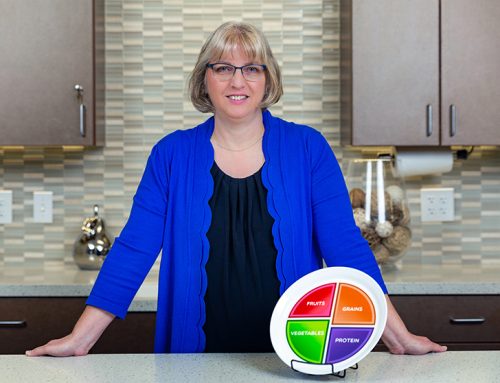Can pets have allergies to mold?
Can pets be allergic to mold? The answer is a resounding yes! Just like people, pets can have allergic reactions to mold. However, animals tend to display different symptoms than people do.
According to Dr. Gina Lee Finney of Valet Vet, “It is often difficult to diagnose allergies in animals and we don’t have a lot of outdoor mold allergies in Arizona. However, we see plenty of indoor mold problems. Pets that are affected by a mold allergy don’t experience the respiratory symptoms that are so common in people. However, they display plenty of skin problems including an increase in scratching, licking, rubbing or chewing of their skin, particularly around the feet, the ears, face or flanks. In addition, a stressed pet can also have digestive and intestinal problems causing an otherwise normal pet to have accidents around your home.”
If your pet does display skin problems, you should take them to a veterinarian immediately. “If we suspect allergies, we start testing animals (everything blood tests, the scratch test to simply eliminating possible sources) to find out what they are allergic to and begin to narrow down the problem,” says Dr. Lee Finney.
A valet vet or house-call vet like Dr. Lee Finney is a great option because she will come to your home to treat your animal. It is less stress on you and your pet and, at the same time, she can check your home for possible allergens and irritants which can help speed diagnosis and prevention.
Mold can grow in homes with high humidity, or in homes that have experience water damage. Mold can hide in walls, ceilings, along window sills, in bathrooms, below sinks, in the shower, in air conditioning ducts, in fabrics on outdoor patio furniture, under rugs and more. It can even grow on outdoor furniture and patios, around the swimming pool and more. But there are other places you should check for your pet’s health and wellness. Mold can also grow on pet food dishes and water bowls, so they should be cleaned daily.
Now here’s the tricky part. Getting rid of mold can be a real challenge, especially if you want your solution to be pet safe. According to Chuck Davis of Grawood Enterprises, the makers of MoldOff (www.moldoff.com), “Many people assume using a bleach product will get rid of a mold problem. That’s just not true. Bleach will kill the surface mold, but leave the roots intact to regrow. In addition, bleach has plenty of harsh chemicals that are not pet friendly, not to mention very harsh on the environment. It is definitely not a safe choice to get rid of mold on pet food and water bowls.”
MoldOff is an eco-friendly, pet-friendly (and kid-friendly) mold removal product that destroys mold at the roots. It is biodegradable making it safe for the environment, plus it won’t discolor the surface it is used on. And it can be used on nearly every type of surface, from wood to stone, leather to fabric, vinyl to plastic and much more. There are several other eco-friendly mold removal products out there, but you definitely want to check and make sure they are pet-friendly.
Grawood Enterprises is also the maker of Devour Plus , a product that can tackle all the little accidents pets can have on carpet, floors and furniture. Devour Plus has an advanced biological formula stain remover that breaks down the microbes in pet messes, consuming them completely, leaving a clean, fresh scent. It attacks stains and smells at the source, leaving no residues that linger … just water and carbon dioxide. It’s completely pet-friendly and won’t discolor surfaces.
Mold isn’t just dangerous for humans, but also for pets. The best way to handle it is to prevent mold altogether, but even the best home can have water leaks or moisture problems, so tackle mold problems with an eco-friendly mold remover like MoldOff. When all else fails and your pet gets into mold despite your best efforts, call on a house-call vet like Dr. Lee Finney to come treat your pet and diagnose the problem at the source – your home.





